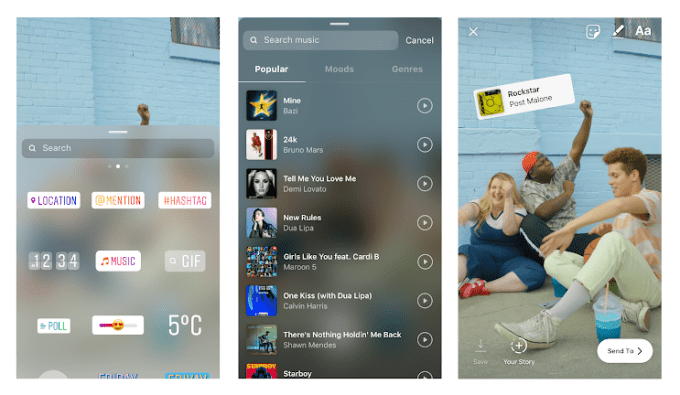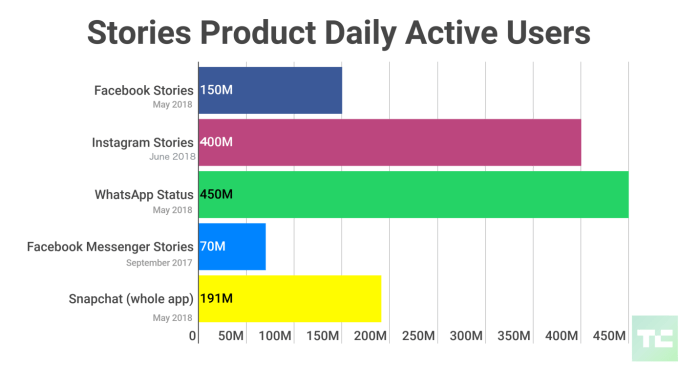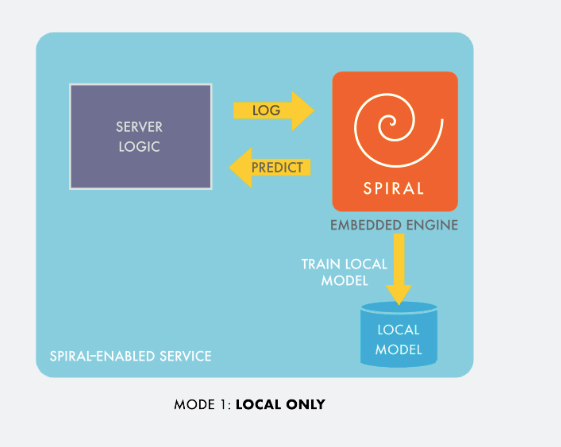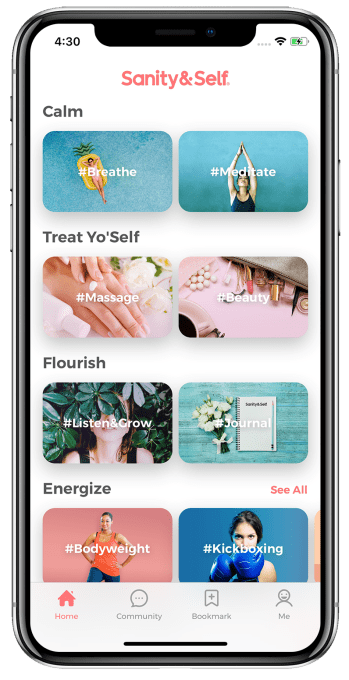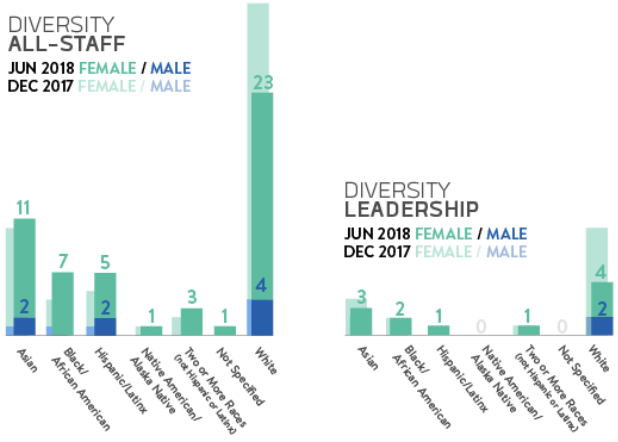Content creation has seen immense growth in recent years, with a shift in focus from mainstream content providers such as traditional television studious to internet-era startups either seeking to expand their portfolios or seeking to increase premium user memberships through exclusive content introduction.
In America, this scene has been predominately owned by Amazon, Netflix and Hulu, introducing critically acclaimed titles such as The Man in the High Castle, Orange Is the New Black and The Handmaid’s Tale, respectively, with many other industry giants scrambling to catch up (with Apple already signing a deal with Steven Spielberg to produce an Amazing Stories-reboot, Facebook spending as much as $1 billion on original content, Google announcing plans to potentially spend up to $3 million per drama episode and even Disney with their purported streaming service, among many others).
Similarly, in China’s growing television industry, a select few, namely Baidu, Alibaba and Tencent, continue to dominate the marketplace in terms of original TV content production. However, the vast majority of Western consumers have never heard of these internet giants or their respective subsidiaries and series, although this is set to change very soon, particularly with Chinese content currently in the early stages of global distribution.
What distinguishes China from the rest of the Asian market?
There are a variety of unique factors that distinguish China from other marketplaces around the globe, as well as in Asia. These factors include but are not limited to things such as increasing use of mobile devices for media consumption, increasing numbers in television consumption and a booming film/television industry primed for explosive growth.
According to eMarketer, Chinese adults will spend nearly three hours a day using their mobile devices, representing 41.6 percent of their total daily media time, with this same population spending nearly 40 percent of their daily media time specifically watching television. This heavy emphasis on mobile device usage, combined with an expected jump in digital video time in the next several years, creates a perfect environment ripe for increased video consumption by China’s growing population.
Furthermore, the Chinese television industry has experienced unprecedented amounts of growth in recent years. In fact, the Chinese television sector represents 88 percent of the combined film and television industry’s economic contribution to China, being valued at more than $35 billion dollars. Internet Protocol Television (IPTV) usage in China is also rapidly increasing, exceeding 100 million users in 2017, further fueling growth in television content creation. Other indicators of Chinese TV industry growth include the December 2017 formation of the Chinese TV Drama Export Alliance, a conglomeration of Chinese entertainment studios aimed at growing the presence of the Chinese TV productions worldwide, as well as increasing Chinese-language content being acquired by popular internet video-streaming companies such as Netflix.
The Chinese TV content producing behemoths
Chinese internet conglomerate Baidu is one of the primary drivers of growth in terms of Chinese television content, particularly with its iQiyi video-steaming platform. Gaining enough traffic for a U.S.-based IPO raising more than $2.25 billion, iQiyi is one of China’s largest and most popular video-streaming platforms, with more than 421 million monthly users and more than 126 million daily users. This high usage has allowed iQiyi to develop extremely popular original television content.
iQiyi has already developed TV hits such as Rap of China, Street Dance of China and Hot Blood Dance Crew, three extremely popular reality series watched by millions of Chinese amidst a government ban on hip-hop culture and tattoos on television. In fact, Western audiences may now begin to see these shows soon, particularly given a recently announced partnership between Rap of China and American hip-hop trio Migos.
Original content programming has also extended to scripted series, with detective dramas such as Burning Ice and Tientsin Mystic being renewed for second seasons while simultaneously being picked up by Netflix for American distribution just this year. Other extremely popular shows produced by iQiyi include The Lost Tomb, Evil Minds and Unforgiven, among countless others, with each of these shows being watched by millions of Chinese viewers. (Note: The Lost Tomb and Evil Minds have since been censored by the Chinese government.)
The growth of original content, particularly in China, has huge potential for other technologies such as virtual reality machines and artificial intelligence.
Alibaba is another powerhouse driving growth within the Chinese TV content industry, with its Youku video-streaming service. Youku currently boasts more than 500 million unique users, along with a powerful distribution network that includes Youku-branded hardware such as tablets, routers and IPTV boxes. Youku’s heavy daily presence in Chinese consumers’ lives allows for Youku-produced original content to have a wide audience across China for distribution.
One of Youku’s most popular series, Day and Night, partnered with Netflix for distribution in late 2017, with this partnership being the first Chinese-language series to be distributed globally. Other popular content includes historical dramas The Advisors Alliance and Oh My General, as well as fantasy drama Rakshasa Street, based off of a popular comic. Youku’s immense popularity in both short video clips, as well as in original content, make it a leader in producing original Chinese television content.
Internet giant Tencent is a third organization driving television growth in terms of creating original content in China. With Tencent fame originating from the ever-popular WeChat platform, Tencent Video currently claims an average of more than 137 million daily active users, making Tencent-produced content important as this original content arms race develops.
Popular shows produced by Tencent Video include action-adventure drama Candle in the Tomb, with a record 200 million views in one day and billions of views since, as well as historical romance Rule the World, based off an already extremely popular book of the same name. Tencent Video has even played a role in producing popular variety shows such as The Tomorrow Children. Television series slated for Tencent Video production in the immediate future include TV-adaptations of novels The Tibet Code, Mystery of the Antiques and manga Prince of Tennis. Tencent has committed to investing in further original content production, growing its portfolio of television content in the years to come.
However, the Chinese market does not solely consist of productions by iQiyi, Youku and Tencent Video. Popular content provider Sohu TV has also forayed into the original content sphere, producing popular drama Indelible Designation and detective series Medical Examiner Dr. Qin, as well as attempting to develop a Chinese version in a Saturday Night Live-style format.
Mango TV, another popular Chinese video platform, has also self-produced a variety of shows, including comedy Fashion Rivers and drama Gold Matchmaker, as well as an interactive Big Brother-styled show called Perfect Holiday. These two content providers, Sohu and Mango, and their respective offerings are simply additional examples of how original television content growth is playing a huge role in enhancing digital China.
Elsewhere in Asia…
However, China is not the only country that has invested significantly in original television content infrastructure (although it certainly is the largest). Other Asian countries have also taken a mobile-first approach to internet access, and, thus, also have rising rates of television viewership by mobile device.
In Thailand, LINE app’s LINE TV has dominated the mobile television landscape, launching a video-streaming service with original content development plans already underway. In addition, LINE TV has already secured partnerships with local television production studios and channels, marking a shift from its roots as a streaming service akin to YouTube to one more similar to Netflix and Hulu.
In Indonesia, even transportation giant Go-Jek is entering the content creation landscape, announcing a content creation production company called Go-Studios to support their content subscription model named Go-Play. In fact, Go-Jek even announced a partnership with VICE Media to produce original content, in light of a successful collaboration set for debut in 2019, entitled When We Dance by Joko Anwar.
Implications of original content growth for startups
The growth of original content, particularly in China, has huge potential for other technologies such as virtual reality machines and artificial intelligence. With Baidu, Alibaba and Tencent making known investments in these specific industries, it would not be a far reach to see both hardware and software integration within a television program for individual home consumption. Such examples might include a virtual reality headset to view a character’s perspective in a television series, or an artificial intelligence automatically suggesting a specific Halloween clothing outfit based off of a consumer’s preference of television series.
These implications make the increase in Chinese original television content a milestone, emphasizing both the strength and reach of top Chinese internet conglomerates, as well as the growing Chinese television industry.
Conclusion
There is immense potential in the original TV content sphere, with this ecosystem growing increasingly large in parallel with the rate of television being watched on mobile devices in Asia. This has resulted in China’s top internet conglomerates being forced to not only pay attention, but participate in the original content creation sphere, releasing high-quality episodic content in order to attract more viewers.
The release of online-exclusive series and their expanding Chinese audiences have grown to astronomic proportions, with hundreds of television shows being released yearly, with billions of views to match. Only time will tell if these Chinese dramas will achieve the same levels of popularity they enjoy at home, but for now, original Chinese television content is here to stay, and represents huge monetization potential for Chinese companies on a global scale.



